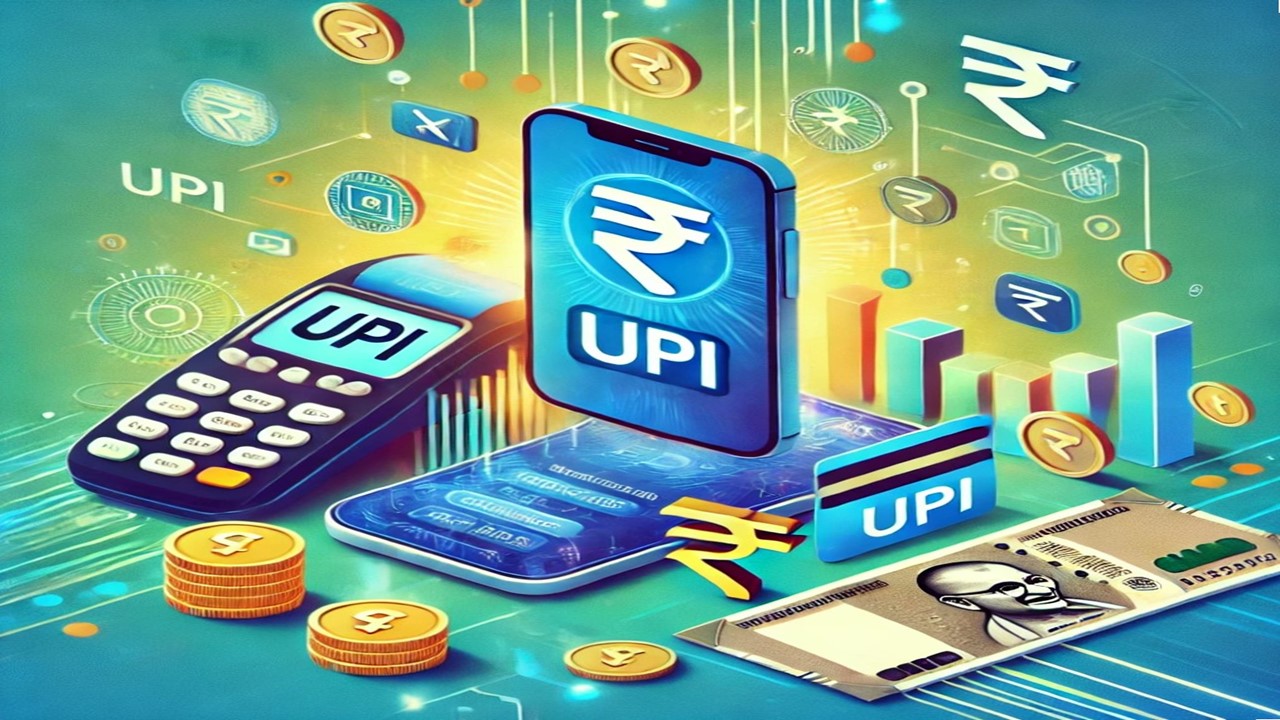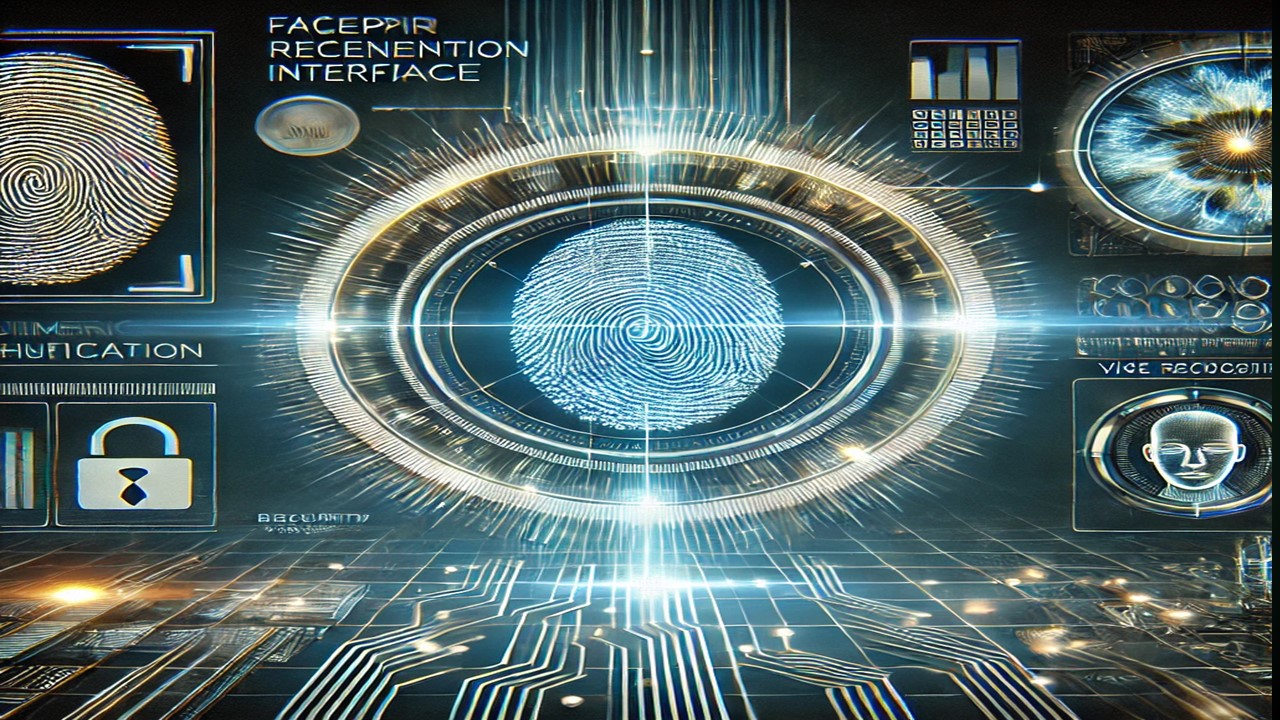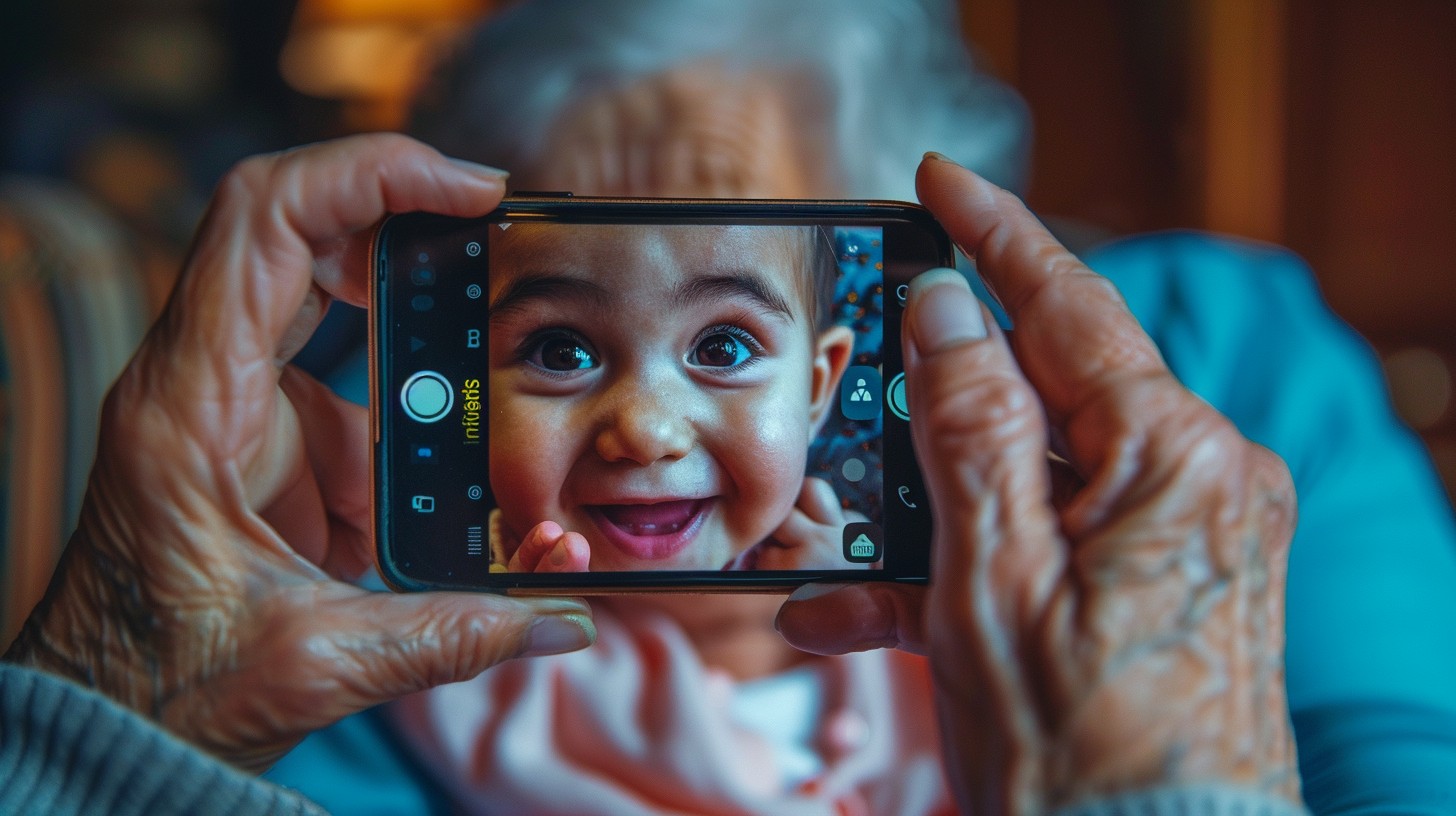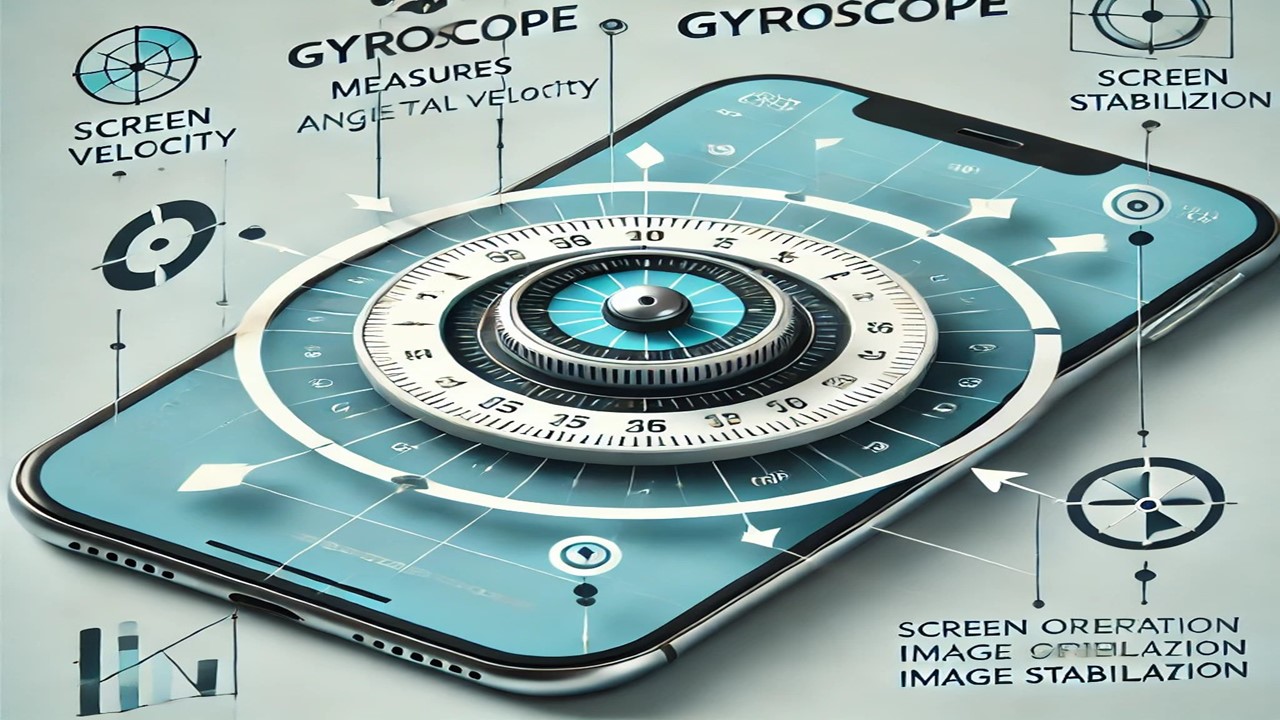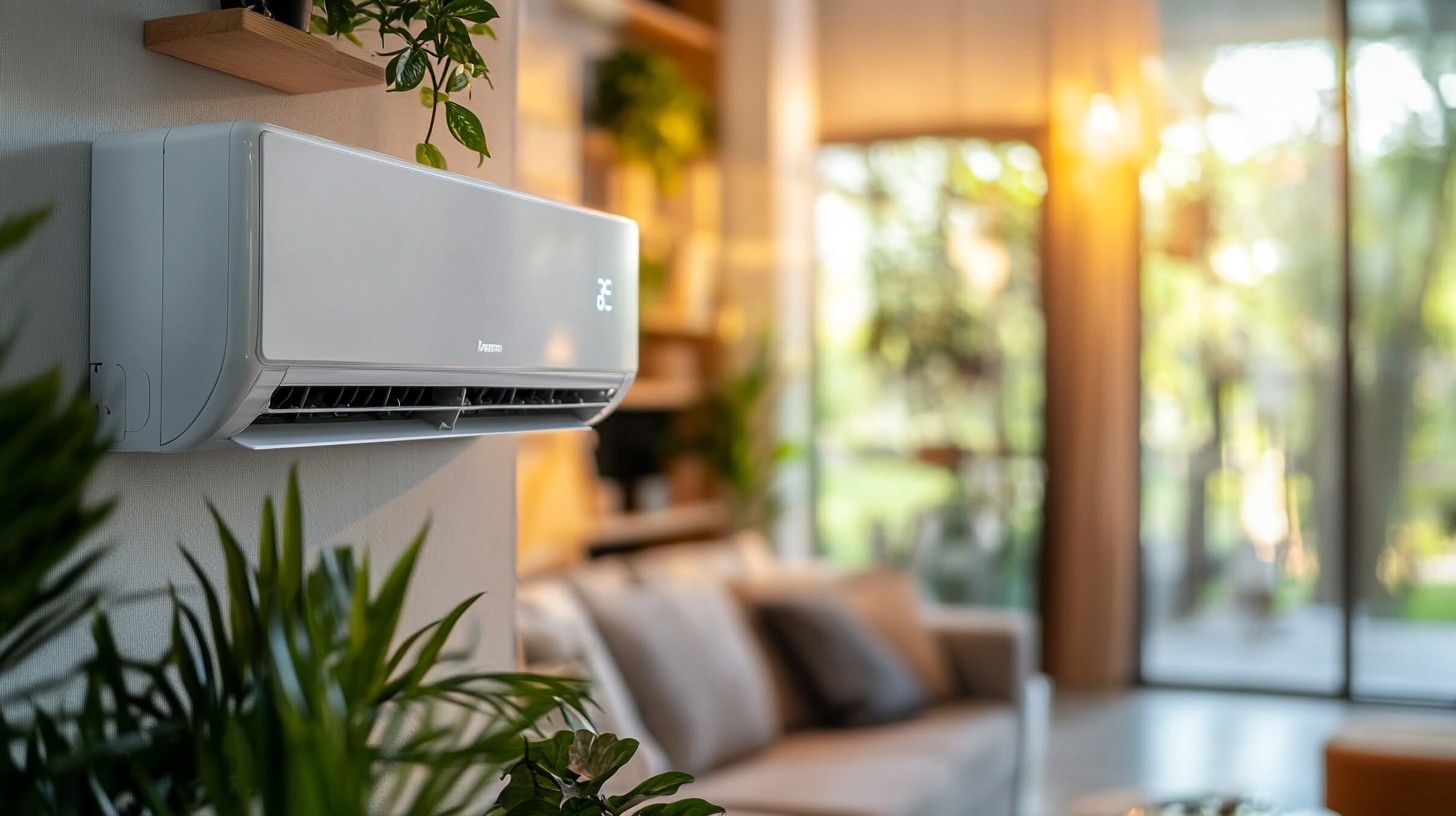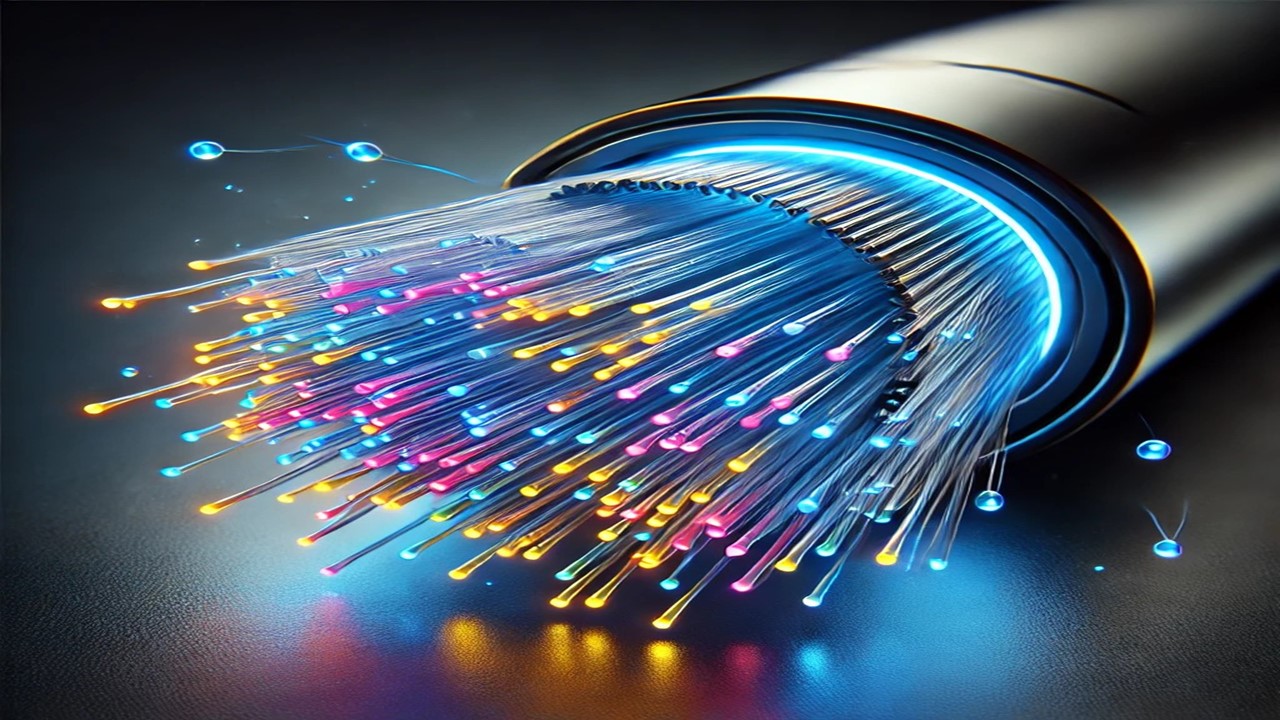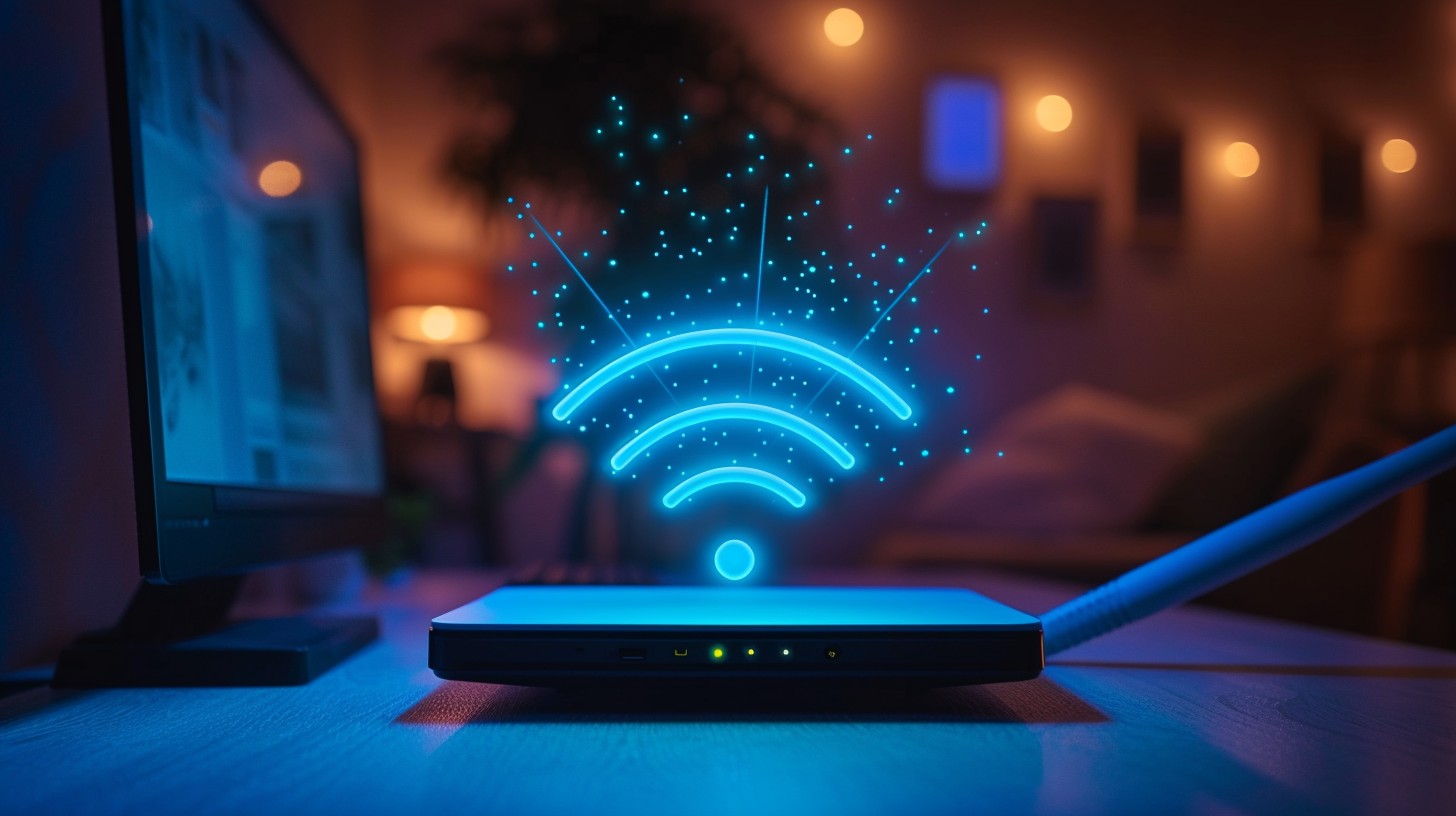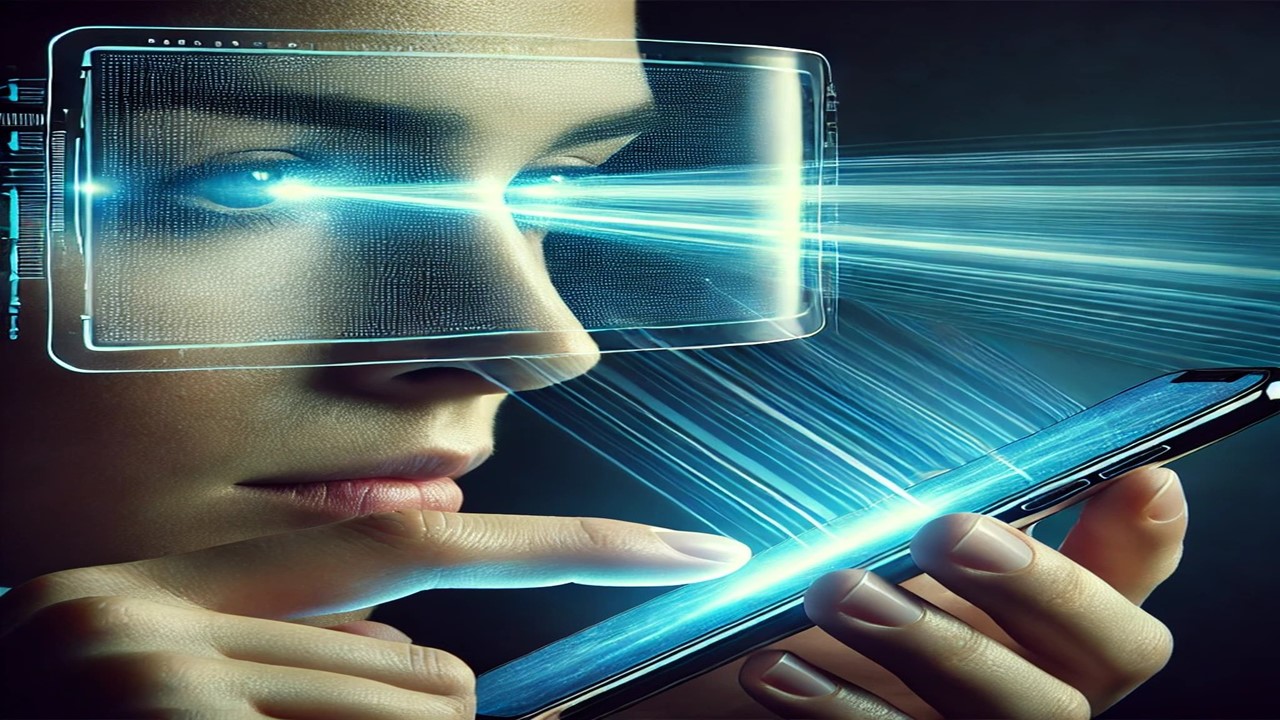
Nowadays, the use of mobile and other digital devices has become an integral part of our daily routine. Whether for work or entertainment, we spend a significant part of our day in front of screens. But have you ever thought about the impact of this constant screen time on your eyes? Digital eye strain, also known as computer vision syndrome, is becoming a serious issue. Fatigue, dryness, blurriness, and headaches are common symptoms. To address this problem, many companies are turning to technology. Let’s explore which companies are taking steps in this direction and what you can do to protect your eyes.
Steps Taken by Mobile Companies
Apple:
Apple has included some key features in its iOS devices, such as Night Shift and True Tone Display. The Night Shift feature filters blue light, a major cause of eye fatigue. Meanwhile, True Tone Display adjusts the screen colors according to the environment, reducing stress on the eyes. Additionally, Apple’s Dark Mode feature is also beneficial for reading and working in low light.
Samsung:
Samsung is introducing technologies like Eye Comfort Shield and Blue Light Filter in its smartphones, which reduce blue light. It also has the feature of automatically adjusting screen brightness, which helps to reduce strain on the eyes.
Google:
Google uses the Digital Wellbeing feature in its Android platform, which helps you manage your screen time. This feature encourages you to monitor your habits and take breaks to reduce usage.
Xiaomi:
Xiaomi smartphones utilize a Reading Mode that makes the screen look like paper, providing more comfort to the eyes while reading. The primary aim of this feature is to protect users’ eyes even after prolonged screen viewing.
OnePlus:
OnePlus also offers Night Mode and Comfort Tone features that make the screen colors and brightness eye-friendly. This helps to minimize the impact on the eyes during extended screen use.
How Can You Keep Your Eyes Safe?
Adopt the 20-20-20 Rule:
While working continuously on the screen, look at something 20 feet away for 20 seconds every 20 minutes. This helps to relax your eyes and reduce fatigue.
Use a Blue Light Filter:
Turn on the blue light filter on your phone or laptop to protect yourself from the harmful blue light emitted by screens. This will also improve the quality of your sleep.
Utilize Auto Brightness and Dark Mode:
Excessive screen brightness can cause irritation in the eyes. Use the auto brightness feature to adjust the screen’s brightness according to your surroundings. Additionally, using dark mode in low light is also beneficial for your eyes.
Blink Frequently:
Constantly looking at the screen reduces the habit of blinking, leading to dry eyes. To counter this, make sure to blink regularly.
Maintain Proper Distance from the Screen:
Keep the screen at a certain distance from your eyes (at least 16-18 inches) to avoid putting too much strain on your eyes.
Take Regular Breaks:
Avoid continuous screen viewing for extended periods. Take a few minutes break every 30-40 minutes to give your eyes some rest.
Exercise Your Eyes:
Moving your eyes, blinking frequently, and gently massaging your eyes can also help reduce eye fatigue.
In the digital age, it is nearly impossible to work without screens, but it is equally important to protect your eyes. Companies like Apple, Samsung, Google, and Xiaomi are making commendable efforts in this direction, but it is your responsibility to take care of your eyes as well. By adopting habits like the 20-20-20 rule, using blue light filters, and taking regular breaks, you can protect your eyes from fatigue and damage.
Start caring for your eyes today, because healthy eyes will provide you with a better digital experience!
























































